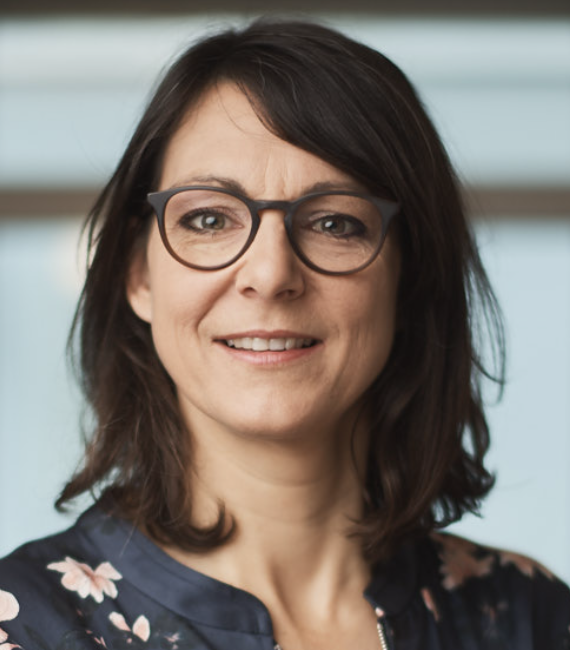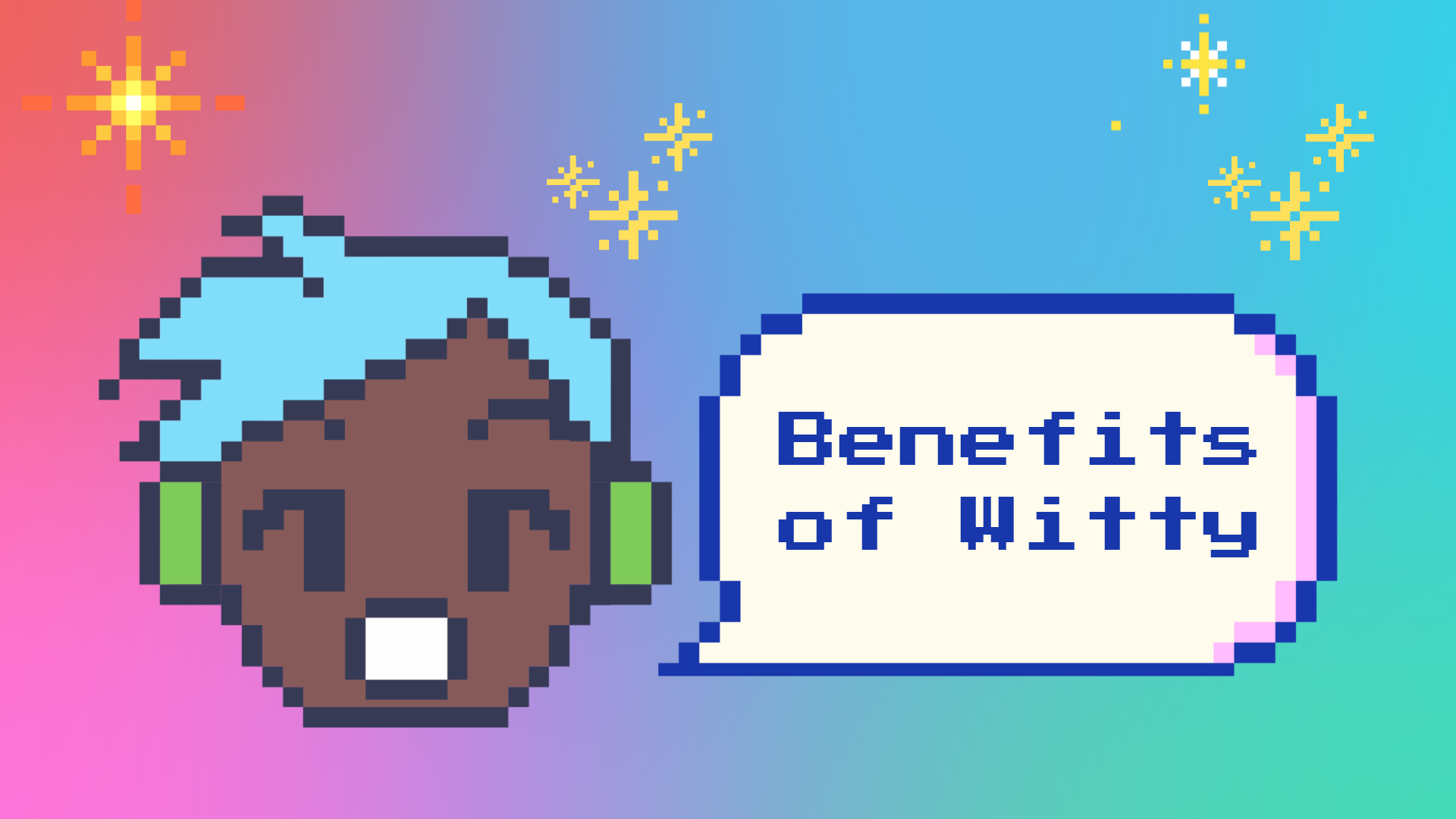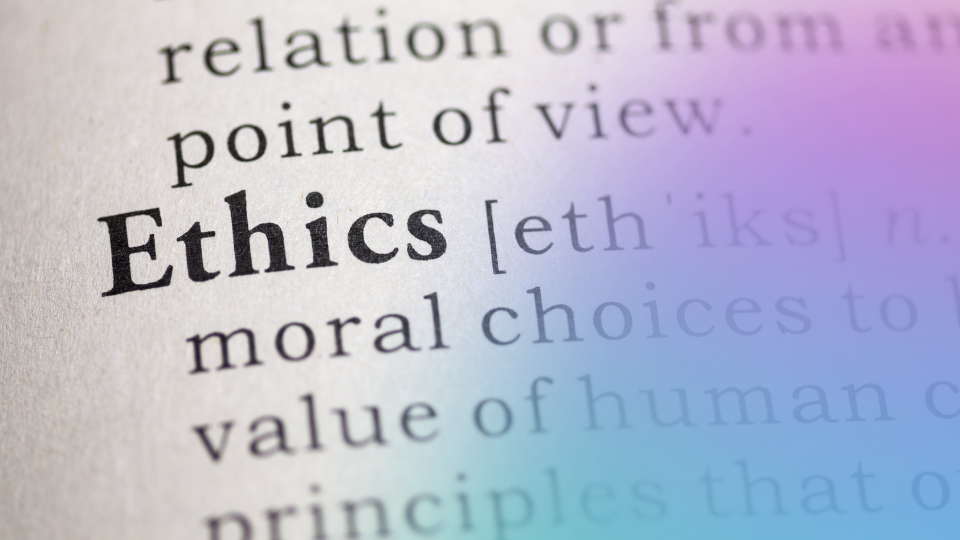Language matters. Who. Why.
As I started to gather my thoughts about this blog
post, I Initially wanted to write about inclusion
and diversity in general. Surely, we all agree that
inclusion and diversity matters. And in “we”, I am
referring to our
own witty.works inclusive language community, underrepresented groups, Diversity and Inclusion
representatives in businesses, and people in general
who support an inclusive and diverse society.
Approaches differ when it comes to applying
inclusion methods and strategies that aim to make
diversity work.
Today I’d like to share
my thoughts on a key inclusion strategy – the use of
language. And by doing so, I will promote the method
of applying inclusive language to leverage its
potential to the fullest. In its essence, the
purpose of language is to facilitate communication
between people. What we say, who we say it to, when,
and how we say it makes a difference - because
language matters.
Reflection. Speech. Action.
My favourite meaning of Sankofa
![]() , the Adinkra symbol of the Akan in Ghana,
represented by a bird with its head turned backward
while its feet face forward carrying a precious egg
in its mouth, is “learn from the past to build the
future”. This applies to language as well, to the
extent that it is a product of its history and the
representation of the Zeitgeist. Just like Sankofa,
language evolves, drawing from the past, as it grows
and continuously adapts. We constantly come up with
new expressions that reflect who we are and the
context we live in (upbringing, socialization,
culture, education, the influence of the media, and
so on).
, the Adinkra symbol of the Akan in Ghana,
represented by a bird with its head turned backward
while its feet face forward carrying a precious egg
in its mouth, is “learn from the past to build the
future”. This applies to language as well, to the
extent that it is a product of its history and the
representation of the Zeitgeist. Just like Sankofa,
language evolves, drawing from the past, as it grows
and continuously adapts. We constantly come up with
new expressions that reflect who we are and the
context we live in (upbringing, socialization,
culture, education, the influence of the media, and
so on).
What about stereotypes? Whenever
we communicate, we unintentionally apply
stereotypical patterns. The above-mentioned context
we live in instills stereotypes. Unfortunately,
stereotypes are as sticky as gum to our shoes and
it’s hard to get rid of them. I often find that when
we communicate, more than too often we forget that
it’s not only about what we intend to say, but also
about how what we say is perceived.
It’s
crucial to emphasize that we usually say and write
things without bad intentions. Nobody is free of
prejudice and this is something we all have to come
to terms with. Our brain loves to cut corners, which
is a basic necessity. The Nobel prize-winning
psychologist, Daniel Kahneman, discovered that 95%
of our actions are executed unconsciously. As
marvellous and efficient as our brain might be, it
has to deal with more than 11 million pieces of
information every second. Just think about it, every
single second. The brain manages to perceive around
40 pieces of information per second but can “only”
process 5 to 7 consciously. To handle this influx of
data, the brain applies patterns as a natural
tendency for simplification.
This tells
us that we have to consider our behaviour and
understand that language can also be a trap. How
often do we apply our very own perception of the
world and generalize when we speak to people? Well,
it’s more of speaking at people, with an obscure
understanding of who they are, even though it is
just a projection and has nothing to do with them.
In the introduction of her book “die Erschöpfung der
Frauen” (the exhaustion of women), Franziska
Schutzbach comments on the following: “I do not use
the term women as a fixed homogeneous category
because there are no women.” She goes on to say: “I
understand woman and female as historical
attributions and constructs that have emerged in
connection with social, cultural and biological
dimensions”. In other words, although generalizing
might be useful at times, very often it simply means
we thereby forget who we are specifically talking
to.
Going back to Sankofa, first of all,
we should reflect on where we come from, which in
this case means acknowledging and becoming aware of
our own unconscious biases. After that, it’s all
about where we are headed and what we want to do
about our stereotypical patterns. That said, good
intentions are not good enough. We have to act on
them.
Remember, we might not be responsible for our
biases but we certainly are accountable for what
we do against them.
Hold up a mirror, reflect, speak.
Happy You. Happy Me.
It’s a simple formula really, “Happy you. Happy me.”
but very difficult to live by. Health, Mobility, New
Work, Globalization, Individualization, Age of
knowledge, Connectivity, Security, Urbanization,
Diversity and Inclusion are the megatrends of the
next 50 years. Societies and enterprises for that
matter have to tackle multiple challenges on various
levels. Not to mention all of the inclusion
dimensions, especially since the world is becoming
more and more openly diverse.
Let’s bring
our attention to Marketing and Inclusion and the
question related to the challenges we face: how can
organizations keep up with emerging and shifting
identities within and beyond gender, sexual
orientation, ethnicity, race, religion, age,
education, socioeconomic status, or disability? How
can they meet standards such as the
ESG
criteria or the
United Nations Sustainable Development goals? As companies strive to attract more and more
customers it seems likely that it will be
increasingly difficult to do so. We know that
marketers usually only reach 60% of their so-called
target groups. Leaving aside the fact that I never
liked to describe people as targets, breaching the
gap of 40% is pivotal.
Undoubtedly, inclusive language is the key to
making sure that a message comes across not just
to the 60% but also the 40%.
That 40% are left out because the language was
deterrent and ostracizing thereby not avoiding
harmful and offensive codes and messages - even if
unintentionally. We can overcome these impediments
by consciously learning to use inclusive language
whilst fostering self-improvement in doing so. Yes,
we are all the same – at least in the way we’re
different from each other.
I do not want
to be discriminated against. Nobody does. Since I
want to be spoken to, speak to me and mean it. I
want to understand what you’re telling me. So
please, include me in what you have to say because
including me means I belong. And belonging means
being cared for and being cared for means one
trusts.
Organizations need to create an
environment that supports and encourages diverse
realities. And by doing so, they simultaneously will
reach or even exceed their tangible goals. McKinsey,
conducted a
study
in 2019 with 1000 companies in 15 countries. They
learned that companies are more innovative and
successful the more diverse their workforce. “Happy
you. Happy me.”, thanks to diversity.
witty.works.
Last year I joined witty.works for the simplest of
reasons: I believed in what they did. Ever since my
conviction has increased. Even though I have always
been very sensitive about discriminatory remarks, as
subtle as they might have been, I feel that I have
grown and become even more aware of the extent of
the damage language causes with its stereotypes. I
am not sure if you know this but witty.works started
as a consulting company and used to offer training
and awareness sessions on unconscious bias to help
organizations become more inclusive and diverse.
Bringing across an awareness for inclusive language
was always eye-opening and much appreciated but more
than too often, not much came of it. This was backed
by studies that quintessentially said, if what is
learned is not applied, then change won’t happen.
It was time to start thinking about how to
support organizations in becoming sustainably
inclusive.
A conversation I had with my dear
friend
Manu Kapur, Professor for learning science at ETH Zurich,
about embodied learning and its neural effects
confirmed our assumption in hindsight. In short
embodied learning means physically doing something
that leads to a greater learning effect. Applying
what we learn in our case means inclusive writing
almost seamlessly leads to behavioural change. As a
consequence, Witty was developed.
Witty is a browser plugin
that makes inclusive writing possible at any given
time for anyone (for private use, for newsletters,
social media posts and communication in general,
hiring, employer branding, everyday internal
business communication, and so on).
Witty is therefore the bridge between good
intentions and making a difference in building a
sustainable and successful inclusive culture – for
and with customers and the workforce alike - for
us as people in general.
There’s one last important point I’d
like to make: writing inclusively has nothing to do
with restricting language or cornering people
skeptical about inclusive language, quite the
opposite. It means opening up to others and
rediscovering language which is the most exciting
and rewarding journey! It’s a complex world we live
in, to state the obvious and ignorance might not be
a choice. But remaining ignorant certainly is. So
why don’t we just make a difference with inclusive
language? Thanks for reading, thanks for listening,
and thanks for sharing.
If you are looking for a digital writing assistant for inclusive language, try out Witty for free. Witty detects non-inclusive language and provides ongoing training on unconscious bias and operationalizes inclusion.
Sources:
1) Daniel Kahneman. (2011). Thinking Fast and Slow. Farrar, Straus and Giroux. 2) Franziska Schutzbach (2021). Die Erschöpfung der Frauen. Droemer Knaur.





